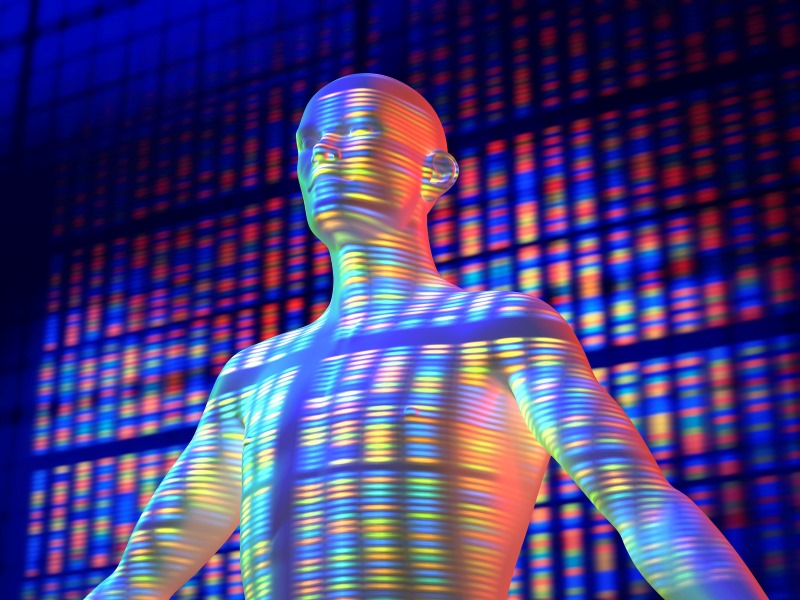About Acrodysostosis
Acrodysostosis, also known as acrodysplasia, is related to acrodysostosis with multiple hormone resistance and anemia, congenital dyserythropoietic, type ib. An important gene associated with Acrodysostosis is PRKAR1A (Protein Kinase CAMP-Dependent Type I Regulatory Subunit Alpha), and among its related pathways/superpathways are Signal Transduction and GPCR downstream signalling. Affiliated tissues include hand, foot and bone, and related phenotypes are intellectual disability and depressed nasal bridge
Major Symptoms of Acrodysostosis
Acrodysostosis is a rare genetic disorder characterized by joint hypermobility, muscle weakness, and joint pain. Other symptoms may include joint deformities, fatigue, and changes in mental status.
Suitable Lifestyle for People with Acrodysostosis
Acrodysostosis is a rare hereditary osteoarthropathy characterized by chronic pain, joint stiffness, and limited function. Because Acrodysostosis is a chronic disease, patients need to adopt some lifestyle measures to relieve symptoms and improve quality of life. Here are some suggestions:
1. Maintain good posture: People with Acrodysostasis are prone to joint pain and stiffness, so maintaining good posture can reduce symptoms. Try to avoid sitting or standing for long periods of time and try to maintain a normal posture.
2. Perform appropriate exercise: Moderate exercise can enhance muscle strength and flexibility and improve joint mobility. It is recommended that patients engage in low-intensity aerobic exercise, such as walking, swimming, yoga, etc. , to avoid excessive exercise or joint damage.
3. Control your diet: Joint pain and stiffness in patients with Acrodysostasis may be related to malnutrition, so you must control your diet to ensure adequate intake of protein, vitamins and minerals. Patients are advised to avoid excessive intake of salt, fat, and sugar and to increase their intake of vegetables and fruits.
4. Maintain psychological balance: Joint pain and stiffness in patients with Acrodysostasis may make them feel depressed and anxious. Therefore, they should try to maintain psychological balance. They can engage in hobbies, listening to music, reading and other activities to relieve their emotions.
5. Get regular checkups: Acrodysostasis is a chronic disease and patients need regular checkups to monitor disease progression and joint condition. It is recommended that patients undergo X-rays every 3-6 months to ensure joint problems are detected and dealt with promptly. In summary, patients with Acrodysostasis need to adopt some lifestyle practices to relieve symptoms and improve quality of life. Patients should develop appropriate diet and exercise plans based on their own conditions, and receive regular checkups to maintain a good quality of life.
Other Diseases
Related Products


